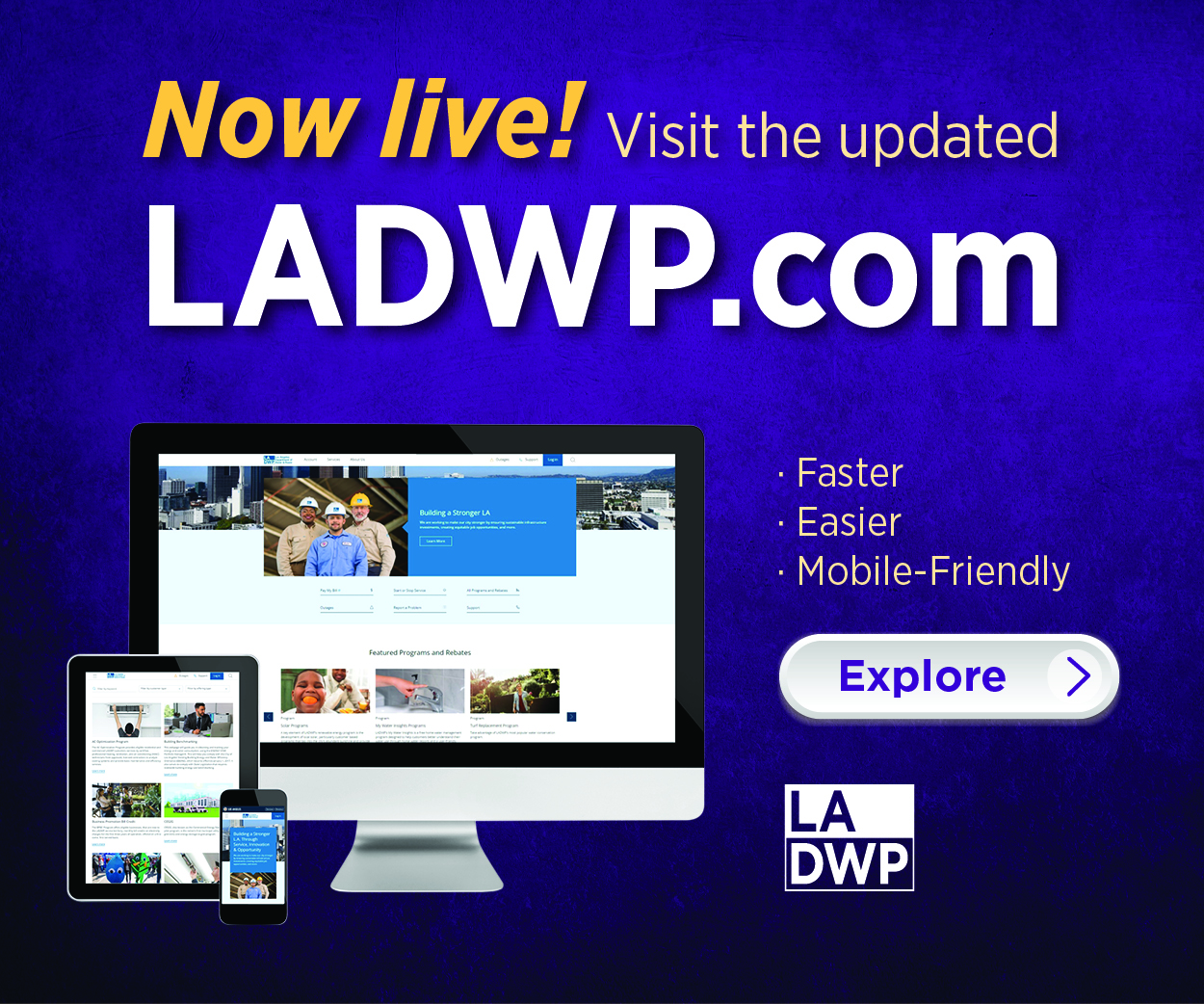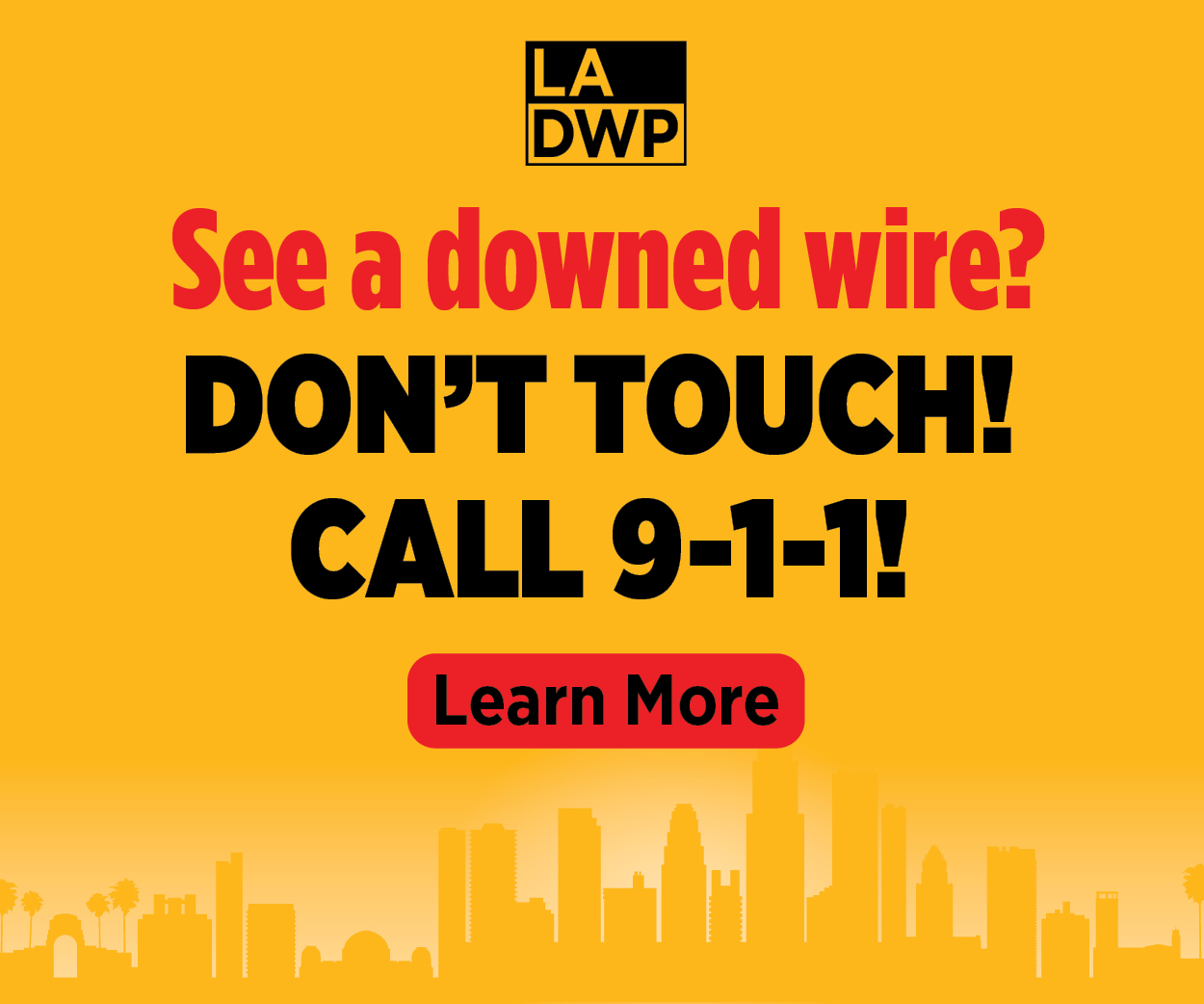Comments
Chapter 1 of the Surveillance City Series
EXCLUSIVE TO CITYWATCHLA - In this multi-part series, FOIA Files: LA Surveillance City, Parapublius digs into how Los Angeles is quietly transforming into a surveillance-driven metropolis—often under the banner of becoming a "Smart City." Using public records obtained through the California Public Records Act (CPRA), we uncover how local agencies, volunteer budget advisors, corporate nonprofits, and city departments are pushing high-tech infrastructure—from smart streetlights to sensor-laden poles and AI-powered data hubs—often with little public debate and unclear long-term benefits. As privacy, accountability, and equity hang in the balance, this series asks: Who’s really benefiting from LA’s smart future?
As Los Angeles pushes forward with its Smart City ambitions, the foundations of that transition trace back to an unexpected source: a volunteer group called the Neighborhood Council Budget Advocates (NCBA). Through documents obtained via public records requests, this first chapter explores how the NCBA laid the groundwork for increased urban surveillance—under the banner of “smart infrastructure.”
Who Are the Budget Advocates?
The NCBA is an elected, unpaid advisory group tasked with offering budget recommendations to the LA Mayor and City Council. Despite its low public profile, the NCBA’s influence is notable. In 2019 and 2020, the group published white papers that helped define copper wire and power theft (CWPT) as a major city issue—and proposed technology-based solutions that now resemble the backbone of LA’s Smart City plan.
Smart Streetlights and Co-Location Technology
In its 2019 report, the NCBA focused heavily on CWPT, describing it as not only costly but a public safety hazard. Their proposed fix? Transforming streetlights into multi-purpose tech hubs through:
- Co-location services, where small cell antennas and communication cabinets are mounted on poles leased to telecom companies
- EV chargers added to streetlights—132 were installed by 2018, with hundreds more planned
- Smart sensors, including air quality monitors, fire detectors, and pedestrian counters
However, it remains unclear how any of these additions directly address copper theft. What’s more, the NCBA didn’t mention surveillance cameras—despite their obvious utility in deterring theft.
The Rise of the FUSE Fellow
One recommendation stood out: the need to hire a “FUSE Fellow” to manage these initiatives. FUSE is a nonprofit that places fellows inside city governments to help execute “innovative” strategies. While their mission sounds noble, archived web pages reveal funding from major players like the Chan Zuckerberg Initiative, Ford Foundation, and the Rockefeller Foundation—raising questions about whether their goals align more with corporate tech interests than local community needs.
The current version of FUSE’s website no longer lists those sponsors.
Surveillance for Sanitation—Not Safety
Oddly, the only context where the NCBA explicitly endorsed surveillance cameras was for catching illegal dumpers. They recommended not only deploying cameras in alleys and streets but also publicly shaming violators—akin to China’s practice of regulatory shaming. While they noted that accused individuals have “privacy rights until claims are verified,” the language tiptoes around the presumption of innocence.
2020 White Paper: More Tech, Still Few Answers
The 2020 follow-up continued to push smart infrastructure. By then, 432 EV charger-equipped streetlights were in use—but usage varied by neighborhood. The NCBA still recommended expanding installations citywide, even where demand was low.
New recommendations included:
- Weather and traffic sensors
- A dedicated employee to manage data collection
- Monetizing the data by licensing it to private companies to create apps
Nowhere did the NCBA address privacy risks or ethical concerns around turning public data into a commercial asset.
A Grassroots Push—or a Technocratic Trojan Horse?
The NCBA white papers appear to frame Smart City technologies as grassroots-driven solutions to urban problems. But the proposed tools—co-location services, surveillance, and centralized data systems—often feel disconnected from the actual issues, like copper theft or illegal dumping.
The Smart City narrative may not have started in corporate boardrooms or tech startups, but in the pages of a community advisory group’s recommendations—amplified by organizations like FUSE with global backers and quiet influence.
What’s next? In Chapter 2, we’ll examine the Bureau of Street Lighting’s "Report on Lighting Outages" and how it mirrors the NCBA's smart-tech prescriptions.
(Behind the sleek branding of “SmartLA 2028” lies a deeper story—one of expanding surveillance, corporate influence, and quiet decisions that shape the future of Los Angeles without public consent. In this exclusive CityWatchLA investigative series, Parapublius uses California Public Records Act (CPRA) requests to uncover how local budget advocates, global nonprofits, and city departments are laying the groundwork for a data-driven, privately influenced public space. From streetlights wired for tracking to civic tech deals made behind closed doors, LA Surveillance City asks: Is this modernization—or monetization in disguise?)
















